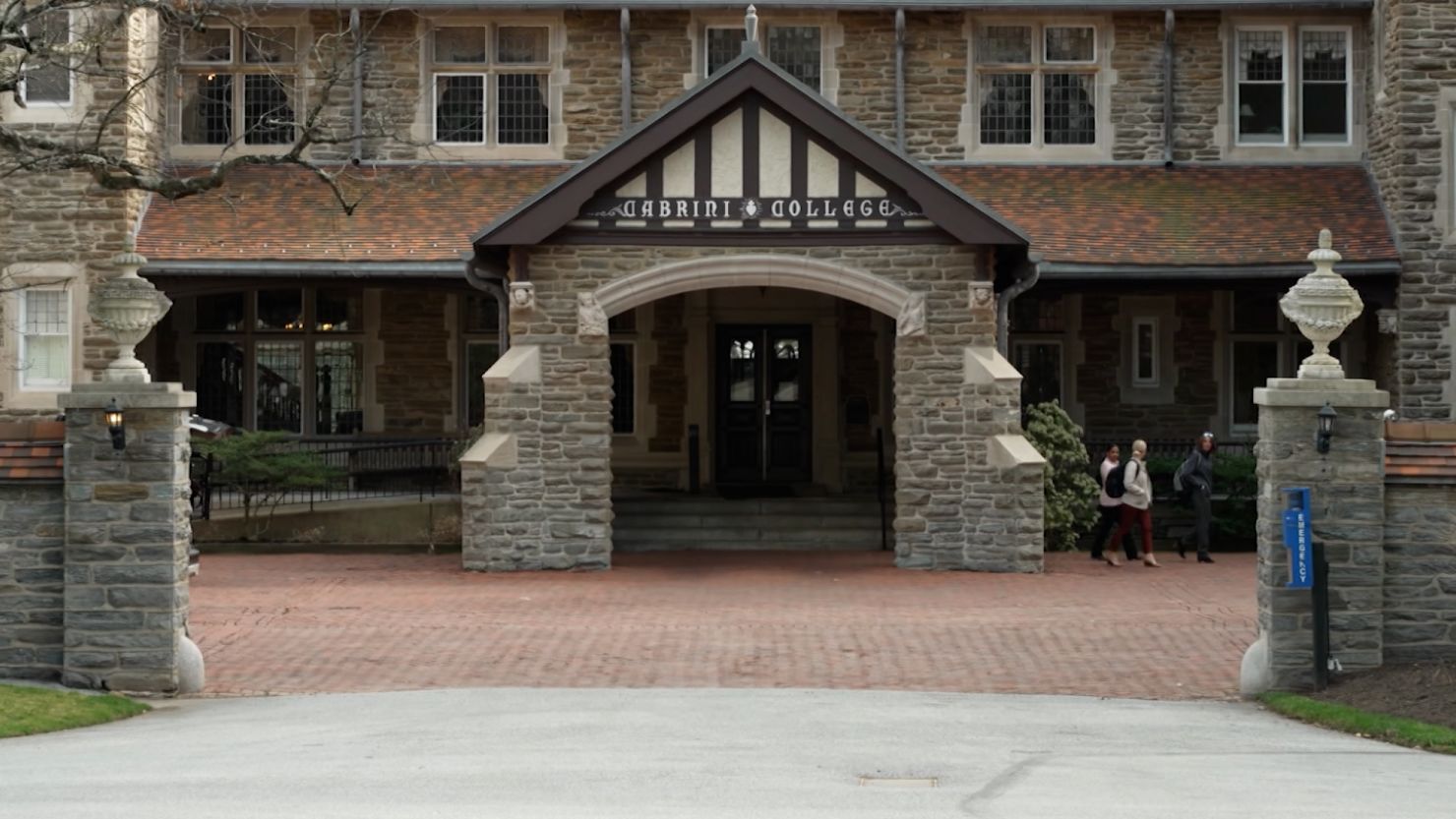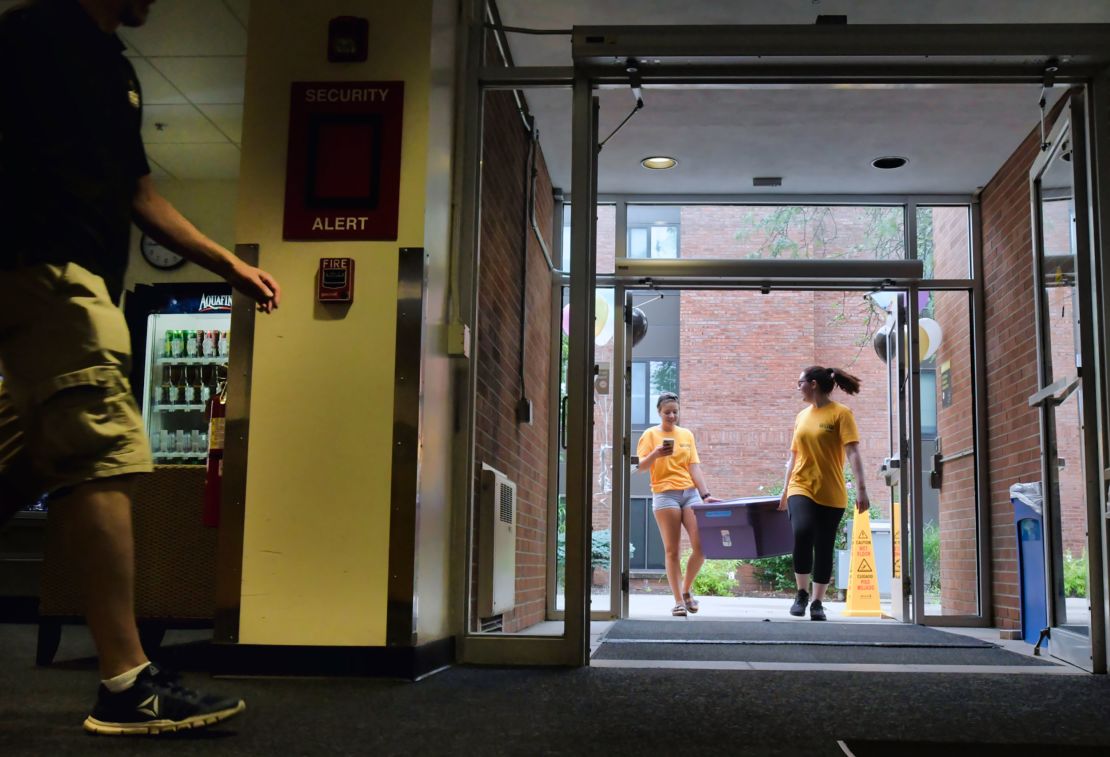
In Short
- Cabrini university, a tuition-dependent college, faces closure due to severe financial struggles.
- The higher education sector is experiencing widespread challenges, including declining enrollment and financial difficulties.
- College closures and right-sizing efforts are becoming more common across the united states.
- The closure of institutions like cabrini raises concerns about the accessibility and future of higher education.
- Students and educators are grappling with the repercussions of these changes on academic opportunities and community impact.
TFD – Explore the impact of financial challenges on Cabrini University and the ongoing crisis in higher education, including closures and right-sizing initiatives. Stay updated with the latest developments.
With luck, Cabrini University would survive.
The small, tuition-dependent Catholic liberal arts college in Radnor, Pennsylvania was facing severe financial difficulties as a result of a 60 percent decline in enrollment since 2016.
Although Cabrini had already made changes in staffing and other areas, Helen Drinan became worried that more work remained when she took over as interim president in June 2022.
“Generating new revenue was the primary need,” Drinan stated to CNN. The most important thing you can do is that. You are essentially running out of time if you can’t generate fresh money, even with all the cuts you make.
It was not the first time Drinan had encountered a struggle of this kind, having governed Boston’s Simmons University from 2008 to 2020. There, too, she had assumed office during a period of economic instability, with Simmons finding it difficult to meet payroll. A case study by the Association of Governing Boards of Universities and Colleges states that it took about 18 months to turn things around, stabilizing the school’s finances through staff reductions and finding new sources of income, including developing an online graduate education program in nursing.
However, Cabrini’s window of opportunity to execute such a plan closed. The university made its summer closure announcement in June 2023.
Cabrini is one of an increasing number of US schools and universities that are having financial difficulties, frequently as a result of rising operational expenses, inadequate funding, and dwindling enrollment. A few educational establishments have made the decision to combine. Some, like Cabrini, are closing their doors entirely or reducing staff and services.

Following a wave of closures of for-profit colleges in the mid-2010s, closures of non-profit institutions began rising in 2017, before slowing briefly in 2020-21, according to Rachel Burns, a senior policy analyst at the State Higher Education Executive Officers Association. She described the current trend as a “catch-up period” from the last four years, with many institutions yet to recover from the Covid-19 pandemic and the expiration of federal aid that had kept some schools afloat.
According to Burns, “because of that additional funding, institutions that weren’t in a great place before the pandemic survived the pandemic, but they’re back where they were before.”
According to Burns, “another issue is the demographic cliff that is really coming from the declining birth rates,” since fewer people who have completed high school mean fewer people who could enroll in college. “There are enrollment declines as a result of the significant increase in college costs.”
According to data from the National Center for Education Statistics, overall enrollment at 4-year schools in the US peaked at over 18.1 million in 2010 and continued to decline annually until 2021. The center projects that enrollment will gradually increase over the following ten years, but it will not surpass the 2010 high.
According to the National Student Clearinghouse Research Center, there was a 3.6% decrease in freshmen enrollment in fall 2023, despite a 2.1% increase in undergraduate enrollment overall.
Fewer universities and grads from colleges
Private liberal arts universities have suffered greatly, particularly in the Midwest and Northeast. Since 2020, at least seven institutions in New York have shut down, including Cazenovia College, which is located west of Syracuse and will graduate its last class in 2023.
The worry is that if there are fewer universities, there will be fewer graduates.
The workforce is changing so quickly that most jobs will require a four-year degree, if not some college education. “There are a number of roles that are open right now to individuals who don’t have any college education, and I think we’re becoming more accepting of opening up positions to individuals with a high school education,” Burns said. “We must ensure that the workforce we are developing can meet that demand.”
In the meantime, four-year universities like Hodges University in Fort Myers, Florida, that had welcomed adult learners and first-generation college students are closing. Hodges is closing this summer after trying to remain open by raising tuition, reducing programs, and selling buildings, but it was unable to compete with state colleges.
According to Hodges President Charlene Wendel, “what is going to be lost is the commitment that we had to making sure that higher education was accessible to everyone.” “Because some people are unable to leave their community to attend school.”
When word spread in December that the century-old College of Saint Rose in Albany, New York, would graduate its last class in May, it incited outrage and anxiety.

Marcia White, the president of Saint Rose, expressed her anger at the press conference, saying, “I am so angry at the fact that our students, our faculty, our employees, the parents of our students had to hear this news in the press rather than from us.” She also described the board’s abrupt decision as extremely painful.
According to Denise Dagnino, director of communications at Saint Rose, the school’s goals are to graduate as many students as possible and assist others in pursuing further education at other establishments.
Closures increase the likelihood of student dropout
In the case of Cabrini, administrators negotiated an agreement with the neighboring Catholic university Villanova University to assume control of the school. Although the precise plans for the Cabrini campus are unknown, Villanova has promised to retain a portion of the heritage of Mother Cabrini, the first American saint of the Catholic church.
According to Drinan, studies reveal that universities that abruptly close without assisting students in finding alternative opportunities damage their prospects of graduating. Four comparable Pennsylvania universities—Ursinus College, Holy Family University, Gwynedd Mercy University, and Eastern University—have collaborated with Cabrini and promised to match students’ financial aid offers and permit credit transfers.
Philadelphia native junior Colin Tomczak expressed his fear and concern after receiving an email last summer informing him that Cabrini will close. He and his mother talked about what to do for hours.
It wasn’t until my sophomore year that I truly began to feel like I belonged here. And that’s when they informed me we were closing down, not too long after I started to feel like I had friends and could truly see myself completing my four years here, Tomczak added. “But to be really honest, the support I received from everyone here when I returned, along with the process, really helped me avoid just quitting out.”
Tomczak chose to transfer to Eastern, which is next door to Cabrini, after counselors helped him weigh his alternatives. He did so in part because he enjoyed the writing program at Eastern and had heard that a lot of other students, friends, and staff members were also going there.
According to Burns, there is no end in sight for closures, especially of private, non-profit schools, as enrollment declines. However, some of what the sector is going through may be seen as advantageous “right-sizing.”
According to her, “there are some closures that are really unfortunate and just are devastating for students—they just fall outside of the right-sizing.” “However, even though some of the closures are still incredibly difficult for students, they may end up being the best thing for the field overall in the long run because they are directing the scarce resources that the federal and state governments have to the places where students are most likely to receive excellent education.”
Conclusion
The challenges faced by Cabrini University reflect broader issues in higher education, highlighting the urgent need for sustainable solutions. As colleges navigate financial strains and closures, the impact on students and the educational landscape underscores the importance of addressing the higher education crisis with innovative strategies and support.
Connect with us for the Latest, Current, and Breaking News news updates and videos from thefoxdaily.com. The most recent news in the United States, around the world , in business, opinion, technology, politics, and sports, follow Thefoxdaily on X, Facebook, and Instagram .
